Affiliate disclosure: Automoblog and its partners may be compensated when you purchase the products below.
Bridgestone is one of the biggest name brands in the tire industry, but do Bridgestone tires live up to the buzz? In this Bridgestone tires review, we’ll take an in-depth look at the company as a whole, including its industry ratings, most popular tires, costs, tire longevity, and more.
A new set of tires can often be an expensive investment. Make sure you spend your money wisely by comparing multiple tire models before you buy. Tires are highly specialized, so by taking the time to research your next set, you can find a model that perfectly fits your needs and budget.
A good place to start your search is our best tires review. You can also compare different tire brands, including Bridgestone, on TireRack.com.
Founded in 1931 in Fukuoka, Japan, Bridgestone is today one of the biggest global tire manufacturers. According to a 2019 Statista tire revenue study, Bridgestone accounts for the majority of the tire market share worldwide, beating out big-name manufacturers like Michelin and Goodyear.
Bridgestone also acts as the parent company for other well-known auto and tire companies including Dayton, Fuzion, and Firestone tires. In 1988, Bridgestone acquired Firestone, making it one of the largest tire companies in the world. Both tire brands are well-regarded in the industry and are also highly rated by consumers.
Bridgestone has been at the forefront of run-flat technology with its DriveGuard line. These all-season models can last up to 50 miles after going flat, which gives you enough time to get off the road safely and even find a tire repair shop. What’s more, they’re backed by a 65,000-mile tread life warranty.
There is a wide range of Bridgestone tire models, many of which are highly rated within their tire category. Bridgestone’s Blizzak WS80 is one of the best winter tires currently available, and the company’s all-terrain Dueler range is also well-regarded.
Bridgestone tires follow an evaluation system created by the National Highway Traffic Safety Administration (NHTSA). This system is called Uniform Tire Quality Grading (UTQG), and it grades tires – except specialized tires – based on their treadwear, traction, and temperature resistance.
Here’s an explanation of the UTQG grading system:
Treadwear: This grade estimates the longevity of your tires. To calculate treadwear, tires are measured against a control tire given a rating of 100. If a tire has a 500 treadwear rating, that means it lasted five times longer than the control. Most passenger tires have between a 300 and 500 treadwear rating, according to data from SaferCar.gov.
Traction: This grade measures how well your tires “grip” a wet road. Traction grades are given on a scale of AA, A, B, or C. Good day-to-day passenger tires typically receive A ratings.
Temperature: This grade evaluates a tire’s heat resistance on a scale of A, B, or C. Tires need to withstand different temperatures based on their specialization. High-performance tires, for example, usually move at much higher speeds than all-season tires, and in turn, have higher temperature ratings.
Tires need to withstand different temperatures based on their specialization. High-performance tires, for example, usually move at much higher speeds than all-season tires, and in turn, have higher temperature ratings.
It’s important to note that the NHTSA does not oversee UTQG tests. Manufacturers and independent companies hired by brands are responsible for tire testing and reporting.
Below, we’ve listed a few top-rated Bridgestone tire models and their treadwear, traction, and temperature scores using data from SaferCar.gov.
| Bridgestone Tire Model | Tire Type | Treadwear Score | Traction Score | Temperature Resistance |
|---|---|---|---|---|
| Dueler H/L Alenza Plus | Light truck/SUV Touring All-season | 540 to 800 | A | A to B |
| DriveGuard |
Passenger Grand touring All-season | 460 to 640 | A | A |
| Dueler A/T RH-S | Light truck/SUV All-terrain | 400 | B | B |
| Potenza RE980AS | Passenger Ultra-high performance All-season | 500 | AA | A |
If you want to know the UTQG scores for your current tires, they can be found on your tires’ sidewalls.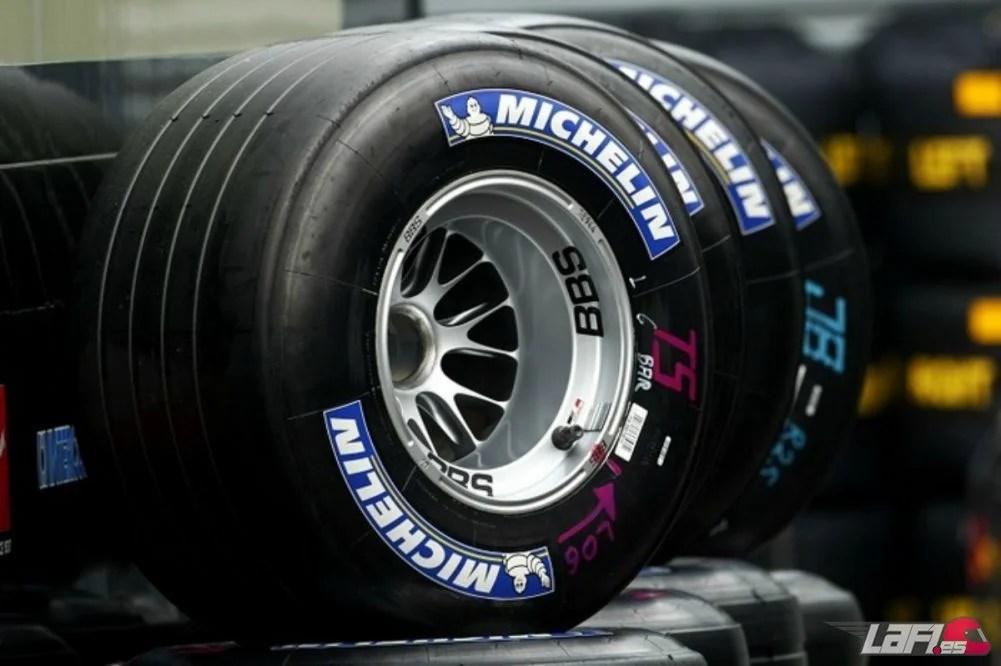
Bridgestone offers a wide range of high-quality tires. While the company’s popular models may not be the best of the best in any one category, they are still well-respected in the industry. For example, the Bridgestone Blizzak WS80 made our best winter tires review, coming in at number two.
Here are a few of Bridgestone’s most popular tires:
Each of these tires is backed by multiple 4.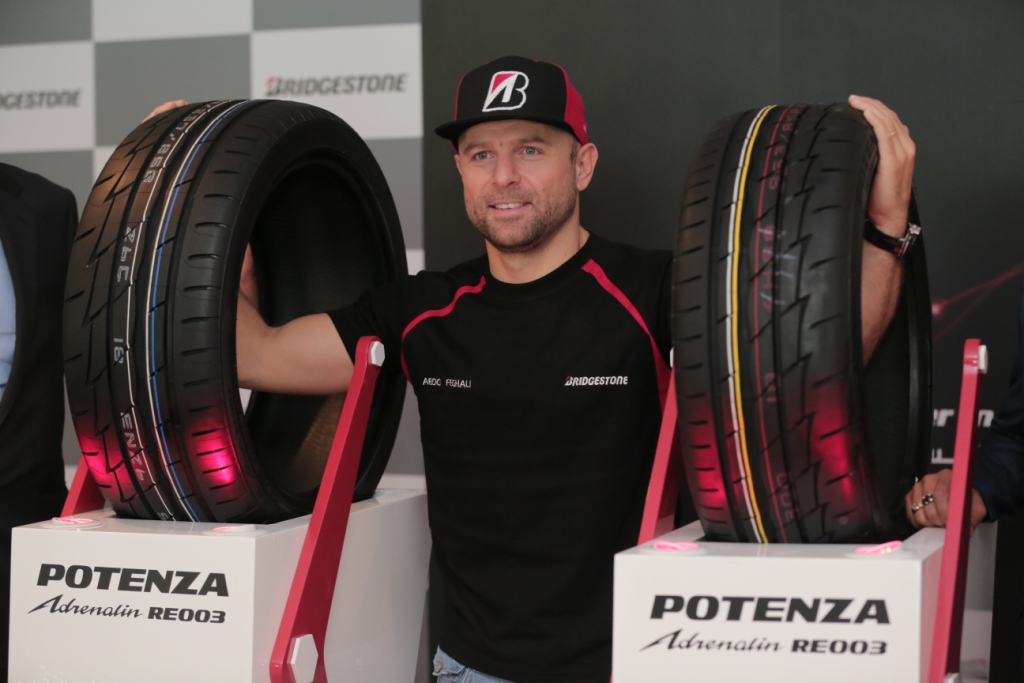 0-star customer ratings or higher on Tire Rack, as well as long-standing industry approval. Independent industry tests score Bridgestone’s quality highly, but as we mentioned above, the tires are usually beaten out by other brands.
0-star customer ratings or higher on Tire Rack, as well as long-standing industry approval. Independent industry tests score Bridgestone’s quality highly, but as we mentioned above, the tires are usually beaten out by other brands.
Bridgestone replacement tires come with a limited warranty to protect against defective materials or workmanship, which lasts until the tire is worn down to 2/32 inch of the original tread.
As for tread life warranties, Bridgestone tires last around 50,000 miles on average. Some of its all-season and touring models come with longer 65,000-mile tread life warranties, but this isn’t too impressive. Other big-name brands have 70,000-mile warranties or above.
Bridgestone tires are comparable with Michelin tires in terms of affordability – both companies produce expensive tires. However, this high cost reflects Bridgestone’s rubber quality and rigorous testing standards.
Here is what each of Bridgestone’s most popular models costs on Tire Rack:
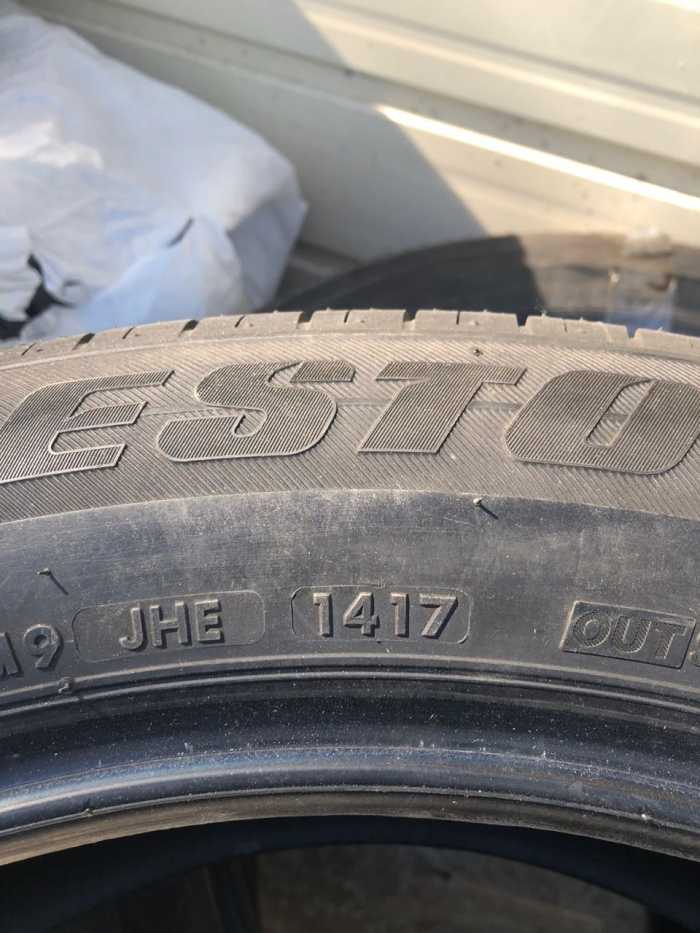 47 (P285/45R22)
47 (P285/45R22)Because of Bridgestone’s hefty price tag, we would’ve liked to see longer-lasting warranties. An expensive tire can sometimes offer better value in the long run if it wears slowly.
Bridgestone tires are highly rated by customers and decently rated by industry experts. In the J.D. Power 2020 U.S. Original Equipment Tire Customer Satisfaction StudySM for passenger tires, Bridgestone scored just at the industry average – 712 out of a possible 1,000 points. For truck and utility tires, the company did slightly worse, scoring 700 points compared to a 704-point industry average.
Here are what customers have to say about Bridgestone tires on Tire Rack:
“[I] only have 2,000 miles on these [Bridgestone Potenza RE980AS] tires, but I must admit, they have surpassed my expectations.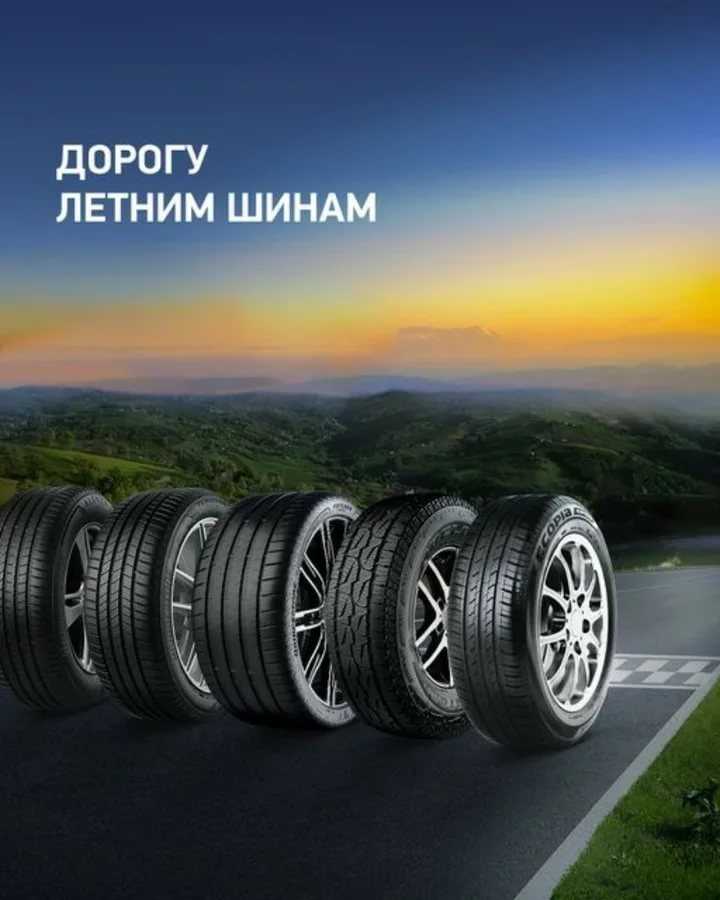 They handle fantastic and are much more quiet than expected. Having [all-wheel drive] also helps, but the tires have performed excellent.”
They handle fantastic and are much more quiet than expected. Having [all-wheel drive] also helps, but the tires have performed excellent.”
– via Tire Rack
“These are my second set of [Bridgestone Blizzak WS80s] I’ve purchased. In my opinion, [they’re] the best winter tire you can buy. Solid performance, great traction, and a feeling of security you don’t get from other winter tires.”
– via Tire Rack
“For the first 8,000 miles, [the Bridgestone Turanza ER33] tires performed quite well in both dry and wet. But wet traction and resistance to hydroplaning went downhill after that. They have never been quiet tires from day one, but the noise reached irritating levels after 10,000 miles.”
– via Tire Rack
“These [Bridgestone Dueler H/L Alenza] tires are about a 16th away from the wear strip with only 30,000 miles on them. Will not get close to the factory-rated mileage. Hydroplaning is a serious issue with them. With just a little water on the road, you are skiing with no control whatsoever.”
Hydroplaning is a serious issue with them. With just a little water on the road, you are skiing with no control whatsoever.”
– via Tire Rack
Overall, we give Bridgestone 4.0 out of 5.0 stars. We like the company’s range of passenger and truck tires, all of which are of good quality. We also like the company’s run-flat innovation and emphasis on low-noise models. However, Bridgestone tires are expensive and come with average tread life warranties.
You can start shopping for Bridgestone tires at TireRack.com.
Before purchasing a new set of tires, it’s best to shop around. Bridgestone tires are a good choice, but there are other options to consider. Michelin tires are known for their quality, while Cooper tires are a more affordable option.
If you’re looking for a top-quality tire, we recommend Michelin. The company boasts a large variety of models, including some of the best all-season tires on the market, with long-lasting tread life warranties. Although they tend to be one the pricier side, many drivers believe they’re worth the investment.
Although they tend to be one the pricier side, many drivers believe they’re worth the investment.
Shop for Michelin tires on TireRack.com.
If you’re looking for a more affordable option, we recommend Cooper tires. The company specializes in replacement tires and offers some of the lowest prices in the industry without sacrificing quality. It also offers tread life warranties up to 80,000 miles, which increases the tires’ cost-effectiveness over time.
Shop for Cooper tires on TireRack.com.
The question, "How long does a tire last?" tends to be followed by several others like, “What causes a tire to wear? When should tires be replaced? What can be done to make tires last longer?” Fortunately, we can help provide clarity around these questions.
There is no exact answer to how long a particular tire will last, but there are things a driver can do to get the most out of their tire investment and avoid driving on unsafe tires. On average, people drive between 12,000 to 15,000 miles a year, which means the average good quality all-season tire will last somewhere between three and five years, depending on maintenance, driving style and conditions, etc.
On average, people drive between 12,000 to 15,000 miles a year, which means the average good quality all-season tire will last somewhere between three and five years, depending on maintenance, driving style and conditions, etc.
The National Highway Traffic Safety Association (NHTSA) states a driver is three times more likely to be involved in a crash caused by poor tire condition. Safer is smarter when it comes to the health of tires, so if there is ever a question on tread wear or age, have the tires checked.
Multiple factors play a role in how long a tire may remain in service. Miles driven, road conditions, driving style, maintenance and age all affect how long a tire lasts.
Worn vs. Aged
Tires naturally wear the more they are driven and worn out tires provide reduced traction compared to those with adequate tread, especially in adverse weather conditions. Most drivers understand worn out tires (remaining tread depth at or below 2/32”) should be removed from service.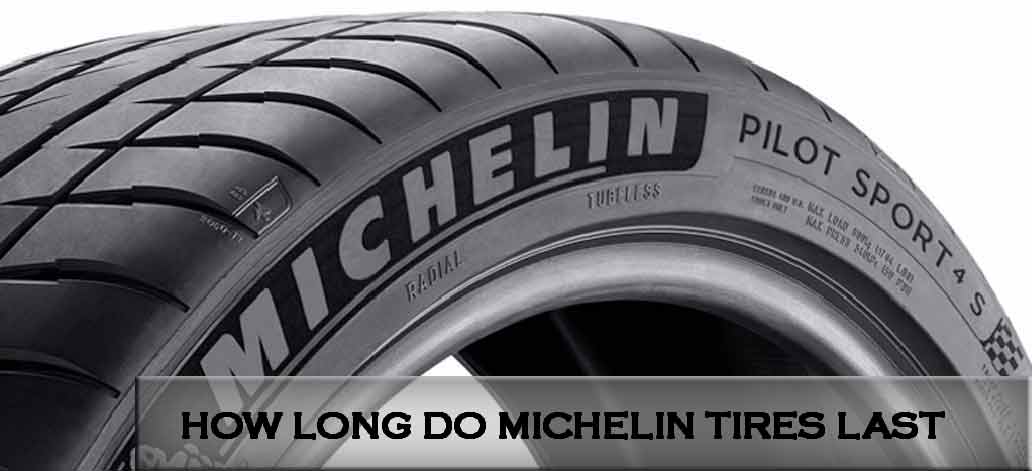
Many drivers are not aware that minimally used tires, like the ones on recreational vehicles, collectible cars, or even spare tires, tend to experience aging instead of wearing, due to a lack of driving. An aged tire has a substantial amount of tread; however, the structural integrity of the tire is weaker because the tire needs to be driven for the chemicals in the rubber to remain effective.
Curbs, Potholes, and Other Hazards
Hitting curbs or driving on roads in poor condition (potholes, broken pavement, poorly graded railroad crossings, unpaved roads, etc.) can cause misalignment, and suspension damage that affects tire wear. If your daily drive includes these challenges, be sure to schedule annual suspension, alignment and tire checks.
Weather Conditions
Driving in poor weather conditions like ice, snow, and rain can cause tires to wear quicker because they must work harder to maintain traction. Purchasing tires that are specially engineered to perform in specific weather conditions can provide drivers with an extra measure of traction and control (meaning greater safety) while delivering good treadwear.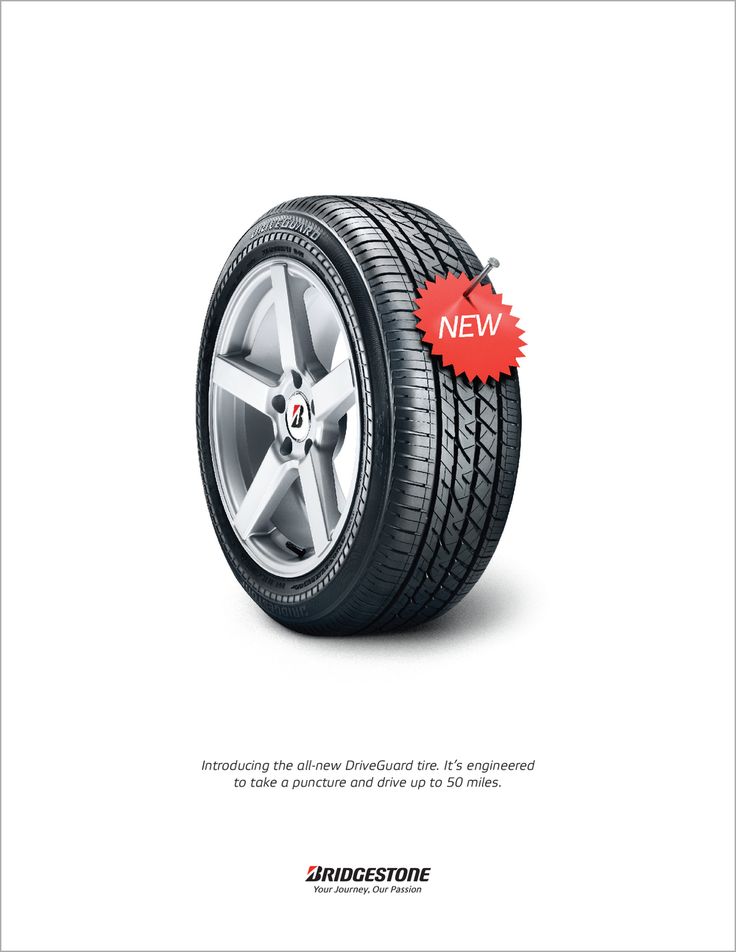
Bridgestone offers different types of tires designed to keep you and your car safe during any weather or road condition. For example, Bridgestone's Blizzak tire series is built to perform in harsh winter weather conditions providing durable traction on snowy and icy roads, and the Dueler tire series is one of several that offer a secure grip on wet road conditions for areas that experience heavy rain.
Poor Driving Habits
Poor driving habits like hard cornering, quick acceleration, and sudden braking can increase the stress on tires tremendously, causing them to wear rapidly. Drivers can extend the life of their tires significantly by avoiding aggressive driving.
Neglected Maintenance
It is important to regularly have tires checked for damage, to maintain air pressure levels, and to keep tires aligned and rotated. Without proper maintenance, tire life can be reduced by as much as half - even more, in some cases.
If the below signs are evident with your tires, it may be time to have them replaced.
Low Tread Depth
Tread loss is a significant sign a tire needs to be replaced. Low tread is a sign driver can physically see happening on their tire. Depending on the part of the tire that is wearing, there may be other problems with the vehicle.
Pronounced inner or outer shoulder wear: tires are misaligned
Edge of the shoulder wear: tires are under-inflated, need to be rotated or both.
Center wear: tires may be overinflated or have been subjected to extremely hard acceleration.
Cupped wear: the vehicle is experiencing suspension problems
All tires have tread wear indicators built-in, but if the tread looks low take time to do the penny test on the tires.
Rough Drive
If you’re experiencing a vibration (particularly if it just started), or high (and increasing) levels of tire noise it may be a sign your tires are out of balance, not wearing properly or have a structural issue. In some cases, this may affect safety, so have your tires checked by a qualified professional asap.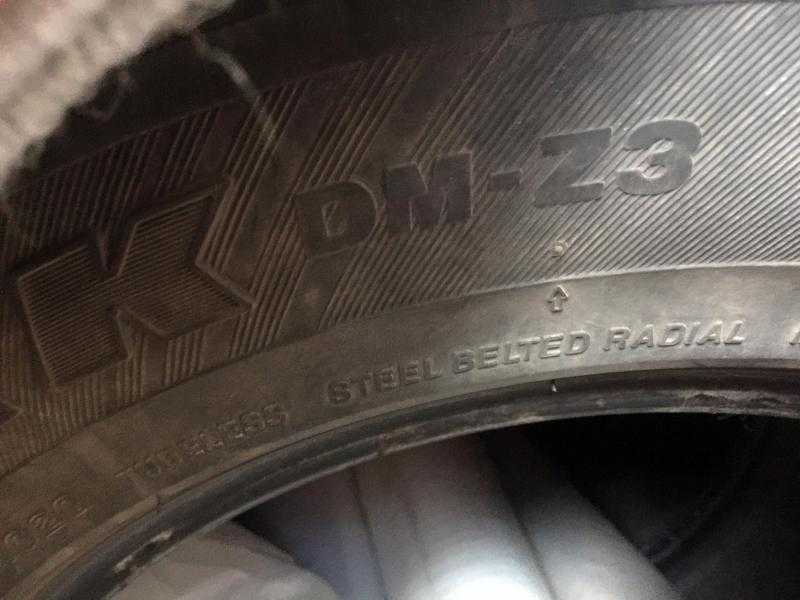
DOT Number
The U.S. Department of Transportation (DOT) number on the tire’s sidewall is another way to help keep track of when they need to be replaced. It’s easy to identify - look for the letters “DOT” followed by eleven or twelve letters and numbers. On tires made after the year 2000 the final four digits signify the week and year of manufacture. So, a tire with “3618” would have been made in the 36th week or 2018. A tire that has a 3-digit week-and-year code means the tire was made before the year 2000 and should be replaced due to age.
Bridgestone recommends that its Bridgestone or Firestone brand tires be removed from service after ten years regardless of their remaining tread depth. They also recommend periodic inspections by a qualified technician for damage such as punctures, impact damage, signs of improper inflation or overloading, or other conditions resulting from the use or misuse of the tire.
Tires are both one of the largest maintenance expenses a vehicle owner is likely to face, and one of the most critical in terms of driving safety and performance. For both reasons it’s important to care for them properly. Bottom line: good maintenance and driving habits help keep drivers safe, and it saves them money by extending tire life.
For both reasons it’s important to care for them properly. Bottom line: good maintenance and driving habits help keep drivers safe, and it saves them money by extending tire life.
Easy Does It
Tire life can be reduced by as much as half when they’re subjected to a lot of hard braking and aggressive acceleration from a standstill. Avoiding tailgating to reduce the need for frequent hard braking will increase tire life. Easing into the throttle when pulling away from a stop reduces strain on the tires and improves wear. Slowing before sharp corners also reduces stress on tires, as does avoiding potholes and broken pavement when possible. If you’re interested in spending less on tires, following these steps can help.
Regular Maintenance
Another way to extend tire life is to keep up with the proper maintenance of a vehicle and its tires. A couple of things you can do yourself are to check the air pressure and tread depth. You should have a qualified technician periodically check their balance and alignment and be sure to have tires rotated at regular intervals.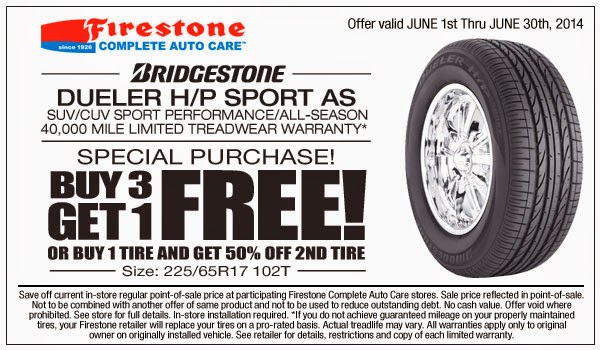 maintenance is essential for your tires to perform their best and last their longest.
maintenance is essential for your tires to perform their best and last their longest.
Bridgestone car tires are an essential attribute of modern technology. They perform important functions that largely determine the handling and dynamics of the car.
But these products wear out like any other.
Contents
The following several varieties are distinguished, depending on driving style, seasons:
Winter tires are one of the seasonal varieties. Without it, traction will not be ideal, especially when snow and ice appear. Each has its own expiration date.
Each has its own expiration date.
The most important requirement for winter tires is the ability to maintain their properties even when working in cold weather. Winter tires are studded and friction.
Friction types of tires are cheaper, but in terms of properties they are noticeably behind the second type. Their shelf life is not less than other varieties.
Friction is more suitable for regions where the temperature does not drop below ten degrees minus in winter. It works normally in conditions of snowfall, which cannot boast of abundance. On such tires it is best to drive around the city, in the southern regions of Russia.
But studded tires are able to withstand even the most severe tests. At -20 degrees, they perfectly perform their main function.
Summer tires are distinguished by a slightly pronounced tread pattern in the longitudinal plane.
Compared to winter tires, summer tires cost much less.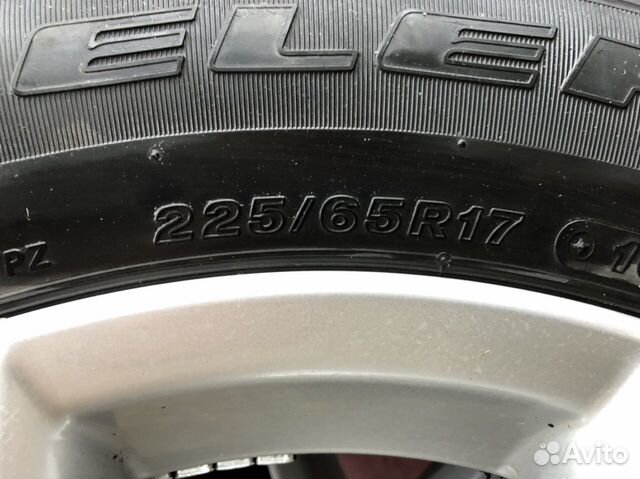 They provide good dynamics, are quite light.
They provide good dynamics, are quite light.
Three types of summer tires are available:
The symmetrical tread pattern is considered a classic. It is the cheapest, but no less effective when compared with other models. Such a pattern becomes relevant if the car is operated at low speeds. And drive on good roads. Preferably dry. Otherwise, the shelf life is reduced.
On wet pavement, grip is lost, albeit for a few seconds. Thanks to the directional patterns on the tread, water is removed from under the wheels, goes in different directions.
Models with asymmetric patterns are considered the most modern type. These tires provide perfect handling in all conditions, they maintain the dynamics of the car.
The tire wears out like other winter products. The appearance of cracks and faults will tell you what condition the structure is in.
The appearance of cracks and faults will tell you what condition the structure is in.
In this case, the products simply cease to perform their functions. On the road, while driving, this can lead to serious consequences.
Experts advise changing tires before they reach their expiration date.
Loss of elasticity is just one of the side effects of end-of-life winter tires. Traction on the road is reduced due to the shallow tread depth.
Summer tires also suffer from age, a decrease in performance. You can not bring the tires to the so-called "bald state".
From the date of manufacture, the tire life is usually 5-6 years.
But these characteristics may change depending on the operating conditions.
Each variety has its own GOST. It defines the conditions of transportation, storage and operation. According to the same GOSTs, tires can be divided into several types depending on wear resistance.
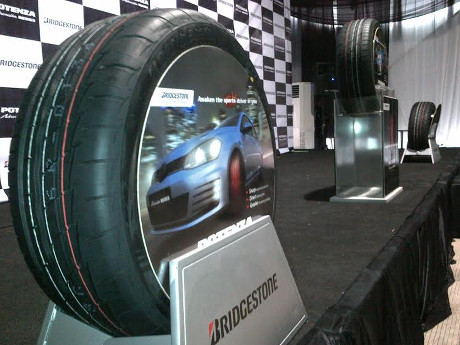
According to GOST, the average shelf life is calculated as follows:
It's easy to find out how many years ago tires were produced. To do this, it is enough to study the stamp on the side. The first digits are the week the item was made. The second two digits are for the year. Service time is also calculated simply.
There are only five indicators that affect the shelf life:
 Service times vary.
Service times vary. Users alone are responsible not only for the condition of the tyres, but also for the operating conditions. Users themselves determine when a replacement is needed.
Passenger car and minibus tires must be regularly checked in special centers, where the masters will give recommendations on further maintenance. This applies not only to the main, but also to spare products. It is recommended to carry out professional diagnostics at least once a year.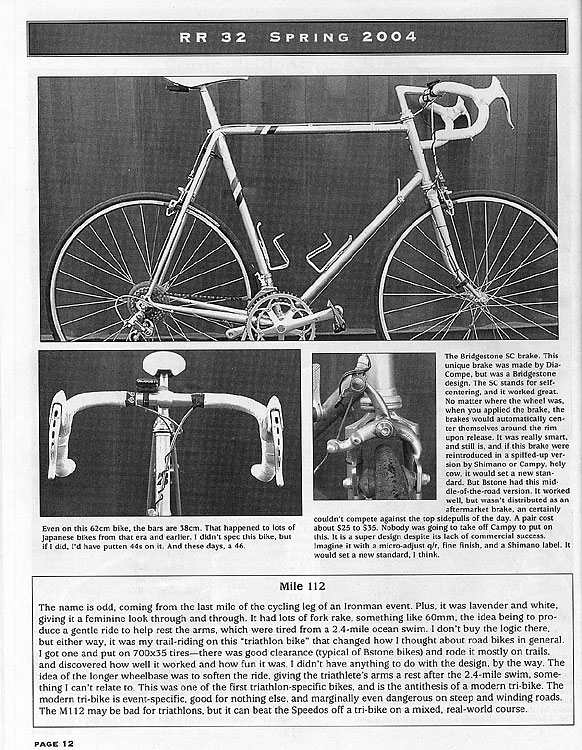 This will increase the service time.
This will increase the service time.
Any changes in tire pressure, unusual behavior of the car on the road should be alarming.
As a preventive measure, a complete replacement of tires that are 10 or more years old is recommended. Even if their appearance suggests that they are still serviceable. This also applies to the spare wheel, even if the wear limit has not yet been reached.
If the tires are supplied as standard with the vehicle, the recommendations given by him must be followed. So it will be easier to maintain the duration of the service.
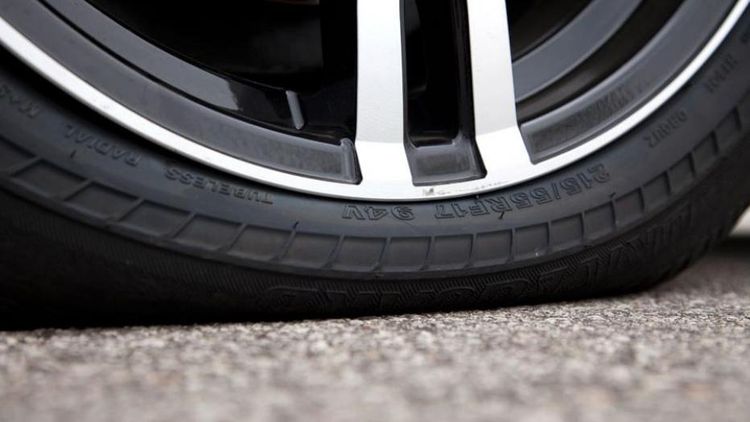
The location and thickness of the strips, the color is unique for each standard size.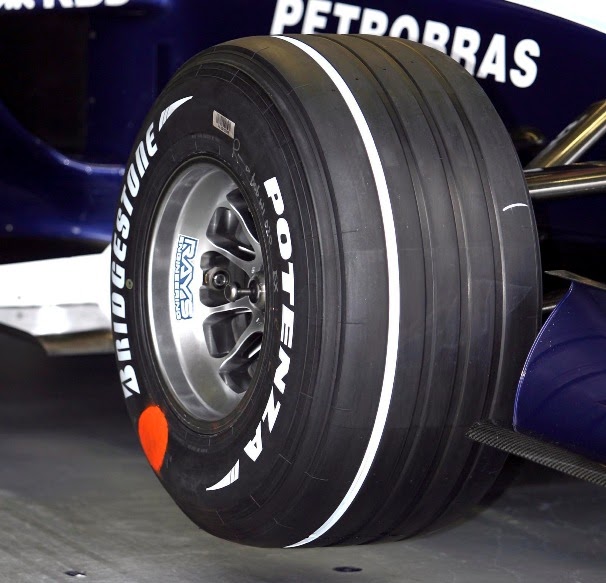 Depending on the specification and the country of production, the strips may differ slightly from each other.
Depending on the specification and the country of production, the strips may differ slightly from each other.
Their appearance is also affected by the date of issue.
Buyers are advised to pay attention to what inscriptions are located on the sidewall. The stripes on the protectors matter only to the manufacturers themselves. And ordinary buyers are not taken into account.
Bridgestone tires have a lifespan of 10 years. But with proper care and timely replacement (for the summer and winter), they will last longer.
It's simple. For summer tires, the limit is 1.6 mm of residual tread depth, and for winter (or all-weather, used in winter) - 4 mm. Modern summer tires can drive from 40,000 to 70,000 km, depending on driving style and vehicle characteristics.
If tires have not been replaced within 10 years from the date of issue, Michelin recommends replacing them with new ones as a precaution.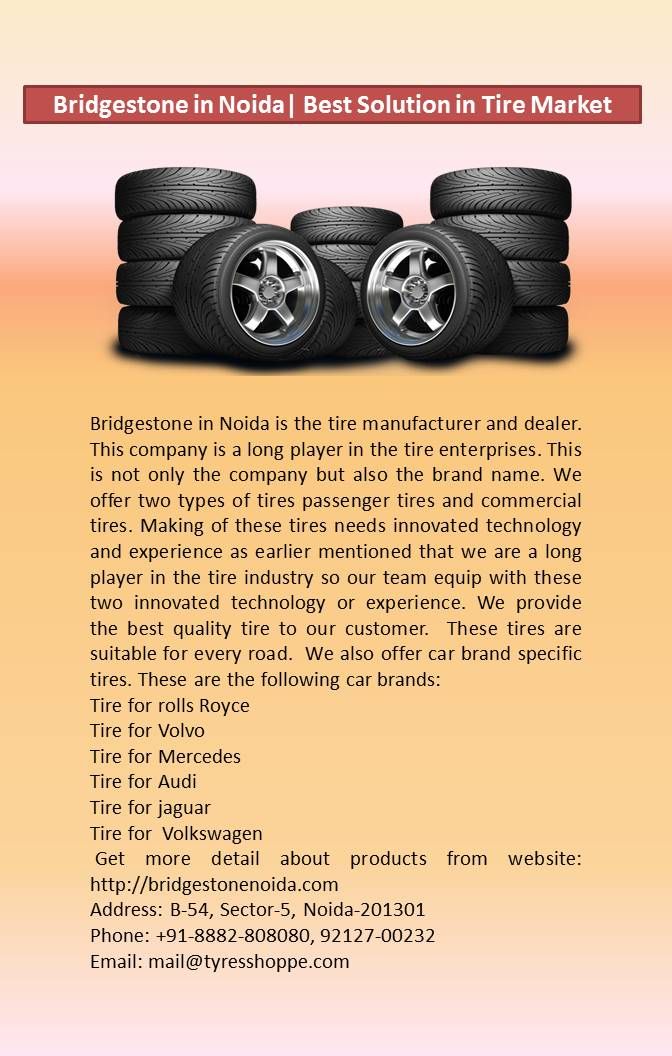 Even if outwardly they look good and have not been used to the level of the tread wear indicator.
Even if outwardly they look good and have not been used to the level of the tread wear indicator.
There are certain rules according to which truck tires should be changed every 60-70 thousand kilometers.
Norms mileage according to GOST: for passenger cars with a carrying capacity of up to 2 tons - 45 thousand km; for trucks 2-4 tons - 60 thousand
After all, all the indicated figures are recommended, but no one obliges the driver to replace tires, even after fifteen years , the main thing is that they are not worn out. However, the manufacturers themselves recommend replacing tires 10 years old , and in most cases, tires become unusable after 6-8 years of operation.
"Tire life is not defined by law, but tires can only be considered "new" if they were manufactured within the last five years . The recommended tire life is six years and the recommended maximum period is 10 years .
In accordance with State Standards 4754-97 and 5513-97, the warranty period for tires is 5 years.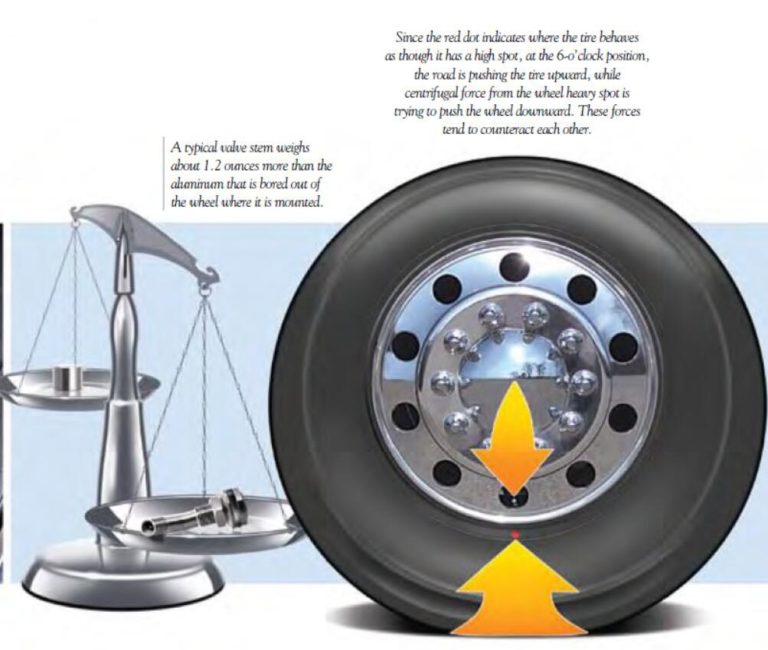 Foreign manufacturers claim that the working life of tires is 5-10 years.
Foreign manufacturers claim that the working life of tires is 5-10 years.
In general, a winter tire with normal driving without extreme loads can work for about 6 seasons. European winter wheels of well-known manufacturers usually run 50,000-60,000 km. Tires domestic brands - 20,000-40,000 km, and Japanese - 50,000-80,000 km.
Therefore tires need to be changed every five years. This is the life of the tire, after which it loses technical and performance characteristics, even if the height of the residual tread allows the car to participate in road traffic.
After five to six years, car tires, or rather the rubber compound from which they are composed, loses its properties .
Tire quality plays a very important role, for example, rubber is made in China is short-lived, while rubber from famous brands will last much longer. It is known that the service life of Chinese rubber is about two seasons, and branded rubber can last about seven years.